Whirlpool Bath
What is Whirlpool bath therapy?
The whirlpool bath is a huge tub that is filled up with water. The body part that is to be treated is then positioned in the tub of water, and a small motor foments the water. While in the water, you can move your body part to assist with working on the movement around the injured area.
Therapeutic stainless steel, fiberglass, or plastic tank that uses turbines to agitate and aerate water into which the body, or part parts of it, is immersed. Tanks come in different sizes to accommodate the treatment of different body parts (Hubbard and “low boy” tanks for full-body treatments or extremity tanks for arm or leg treatments).
it tends to be made in any size tub or tank, making it possible to submerge the entire body for a hydro-massage effect.
The temperature of the water in the whirlpool can be warm or cold, depending upon the ideal objective.
The commonplace temperature of a warm whirlpool is 98-110 degrees Fahrenheit. Care should be taken to keep away from consumption.
Warm whirlpools can increase circulation, as the intensity assists with opening up little veins in the body. Expanded flow can bring new blood, oxygen, and cells to the injured region, which can promote healing.
A cold whirlpool is normally between 50 to 60 degrees Fahrenheit.
Cold whirlpools cause the arteries in the body close, which can assist with diminishing flow to the body part being treated. This is utilized to manage inflammation and swelling in the harmed body part.
A common whirlpool treatment goes on for 10 to 15 minutes. Your physical therapist might have you play out specific exercises while your body part is in the whirlpool to assist with working on the scope of movement in the part being.
Types of Whirlpool bath
- Low boy tank
- High boy tank
- Hubbard tank
- butterfly shape
- extremity tank
Low boy tank:
the low boy tank can be utilized to permit an adult to sit in the tank and can go in the limit from 75 to 105 gallons.
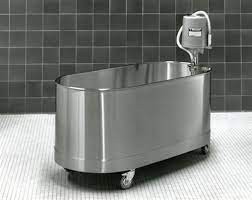
High boy tank:
now and then referred to as a hip or leg tank, can permit immersion of both lower extremities.
the limit can go from 60 to 105 gallons.
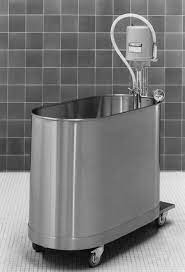
Hubbard tank:
A tank of reasonable size and shape for use in dynamic or passive submerged exercises. It is additionally utilized for the debridement of burns and different injuries.
The Hubbard tank has a more prominent potential for exercise during treatment because of its size and can accommodate a full body treatment limit and can run any place ranging from 200 gallons, excess to 400 gallons.
figure 8 example:- the example can permit simple access to the patient. note that the bigger tanks additionally have more than one turbine for agitation.
butterfly shape:- submerged exercises 8 feet in length, 6 feet wide,4 feet down 425 gallons of water stretcher, turbines, hoist chances of tainting costly optional to measure of water, time to clean.

Extremity tank
the extremity tank is usually utilized for the upper or lower extremities and has a limit of 10 to 45 gallons of water.

Therapeutic Effects of whirlpool bath
The whirlpool bath joins the values of conductive intensity and gentle massage.
The hydro-massage effect achieves the following Therapeutic Effects:
- A soothing activity.
- A help of torment by improvements which act through the agony walk instrument.
- An unwinding of muscle fits.
Goals of Whirlpool Therapy
The typical goals of whirlpool use in the physical therapy clinic include:
- Decrease swelling
- Control inflammation
- Promote wound healing
- Improve motion
- Decrease pain
- Decrease muscle spasms
Common injuries and conditions that may be treated with whirlpool therapy include:
- Ankle fracture
- Plantar fasciitis
- Lisfranc dislocation
- Colles’ and Smith’s fractures
- Ankle sprain
- Tennis elbow
- Achilles tendon rupture and tendinitis etc.
Uses of whirlpool bath
- burns if no agitation is used.
- open wounds for debridement purposes.
- post-operative orthopedic conditions where the water will add a buoyancy element to eliminate the weight of the extremity for movement.
- as a resistance force for exercise.
Technique of Application
- The whirlpool tank is filled with water.
- The water temperature is checked by hand and thermometer.
- Adjust the patient’s position in accordance with the treated body part and consider both comfort and security.
- Explain the procedure and reassure the patient.
- Place the body part in the water.
- Encourage the patient to move while keeping the body part under water during the treatment in case of joint involvement.
- After completion of treatment, dry the body part and wrap it keeping it warm.
Water Temperature
- The advised temperature varies between 36°C and 41°C, starting gradually until reaching the maximum tolerance of the patient.
Treatment Duration of whirlpool bath:
- Between 15 to 45 minutes.
Actions
- producing vasodilatation.
- improve local arterial and lymphatic circulation.
- softening of scar tissue.
- breaking down old adhesions after fractures or sprains.
- cleaning and stimulation of wounds.
- mechanically removing dirt, dead tissue, and puss.
- causing regression of the inflammatory process.
- demenution of edema and effusion.
- the part to be treated is immersed in the water and a jet of the stream is allowed to produce turbulence in the hot water.
Indications of whirlpool bath
- Poor circulation
- Chronic edema
- Separate dead tissue
- Pain relief in amputations ( phantom pain)
- After removal of plaster cast (fractures)
- Stiff joints
- Infected wounds → with added antiseptic agent
- Arthritis with stiff and swollen joints
- Poliomyelitis and paraplegia to improve circulation
- Traumatic and chronic inflammatory conditions
- Weak and painful feet
- As preparation for massage, passive stretching, and exercise
Contraindications of whirlpool bath
- Diabetes mellitus
- Varicose veins
- Advanced arteriosclerosis
- Advanced peripheral vascular diseases
- feverish patient
- recent skin grafts
- circulatory impairment
- active bleeding
- open wounds
- hemorrhage
- skin allergy
Beware of any adverse conditions that may appear
- as skin pallor
- shivering
- dizziness
- rapid, weak pulse
- headache
- increase in edema
- decrease in range of motion (ROM)
- hyperventilation
- seasickness
Note
- When the size of the whirlpool bath is inadequate for treatment, the Hubbard Tank is recommended as it permits the entire body to be immersed and all the muscle groups to exercise in a water medium.
- The whirlpool bath can be used in giving ultrasonic treatment to the extremities. The water in this situation is used as a coupling agent.
FAQ
What is a whirlpool bath used for?
Whirlpool treatment is a physical therapy modality that is utilized to treat a few muscular and neurological dysfunctions. While the name might make it sound threatening, a harmless treatment has been demonstrated to have insignificant to no side effects.
What is the principle of whirlpool bath therapy?
How Whirlpool Is Utilized in PT. The whirlpool is a large tub that is loaded up with water. The body part that will be treated is then positioned in the tub of water, and a little engine disturbs the water. While in the water, you can move your body part to assist with working on the movement around the injured area.
What is a whirlpool bath in physiotherapy?
a therapeutic bath in which all or part of the body is exposed to intense spinning flows of heated water.
What are the benefits of a whirlpool bath?
Whirlpool baths give warm water, soothing planes, and kneading bubbles. Past muscle and strain help, the pulsating jets of a Whirlpool increase the bloodstream to the body, in this manner increasing circulation. Increasing circulation in the course is key in fighting off illnesses like diabetes and kidney failure.
Does whirlpool help arthritis?
Whirlpools are suggested as a treatment for reducing pain in patients with osteoarthritis and rheumatoid joint pain.

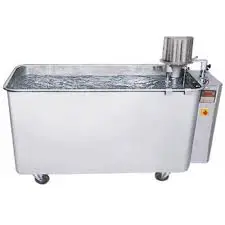
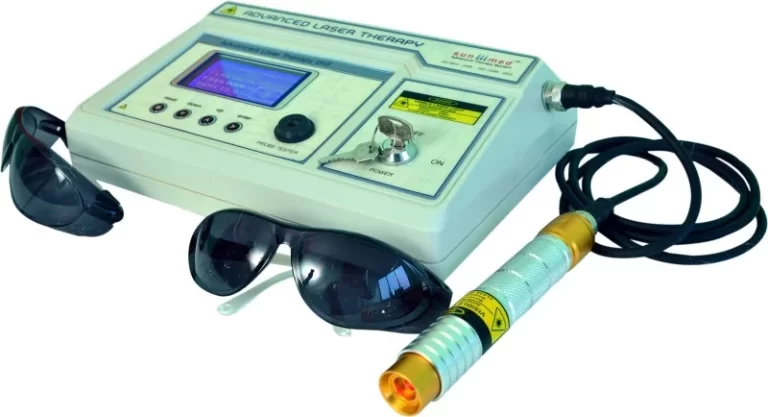
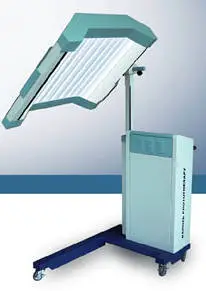
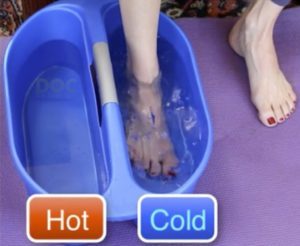
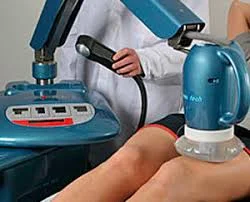
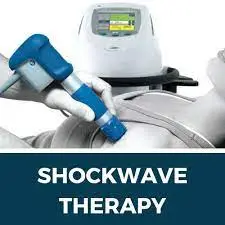
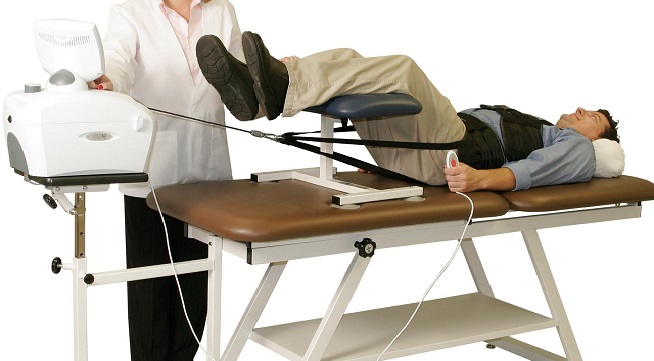
3 Comments